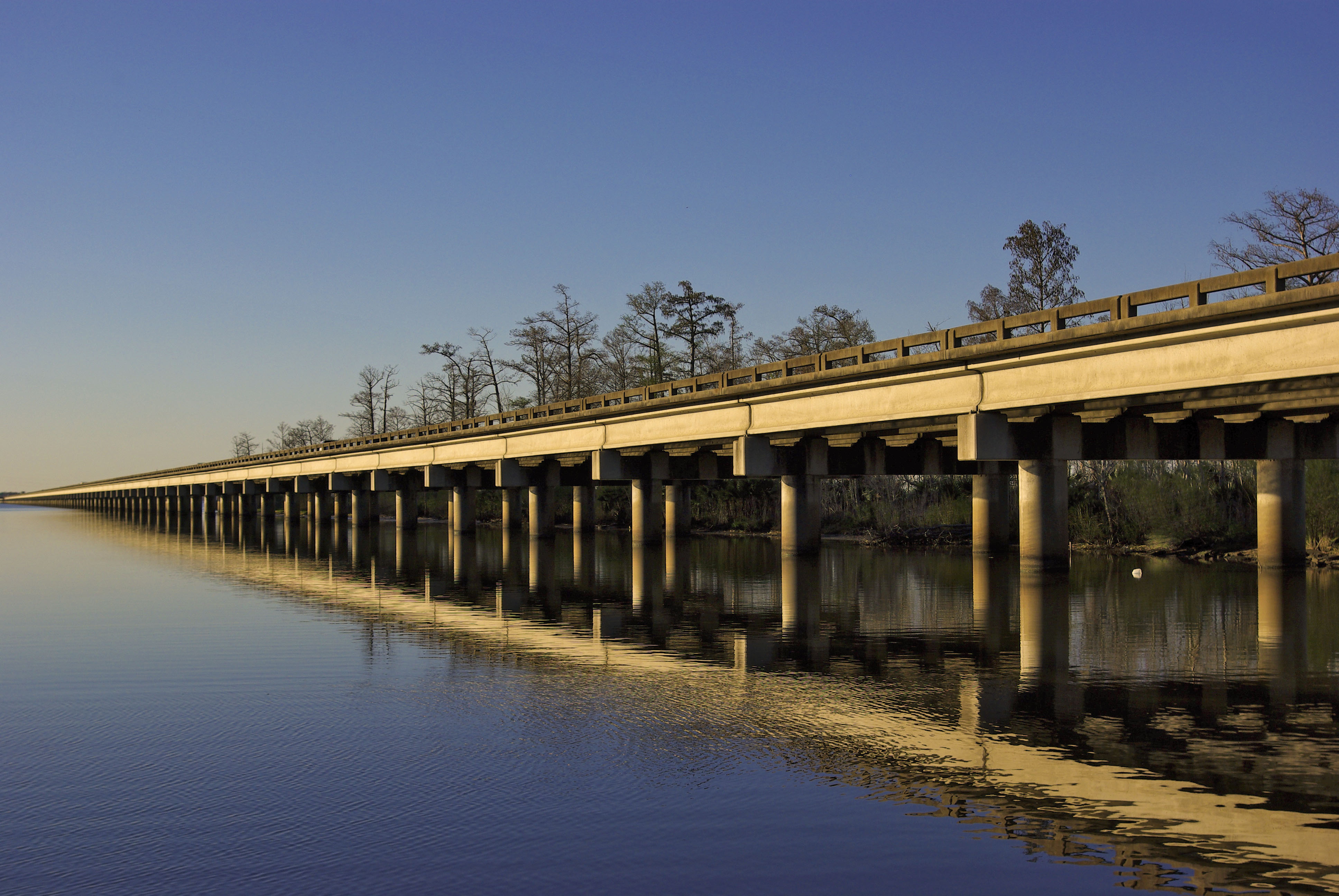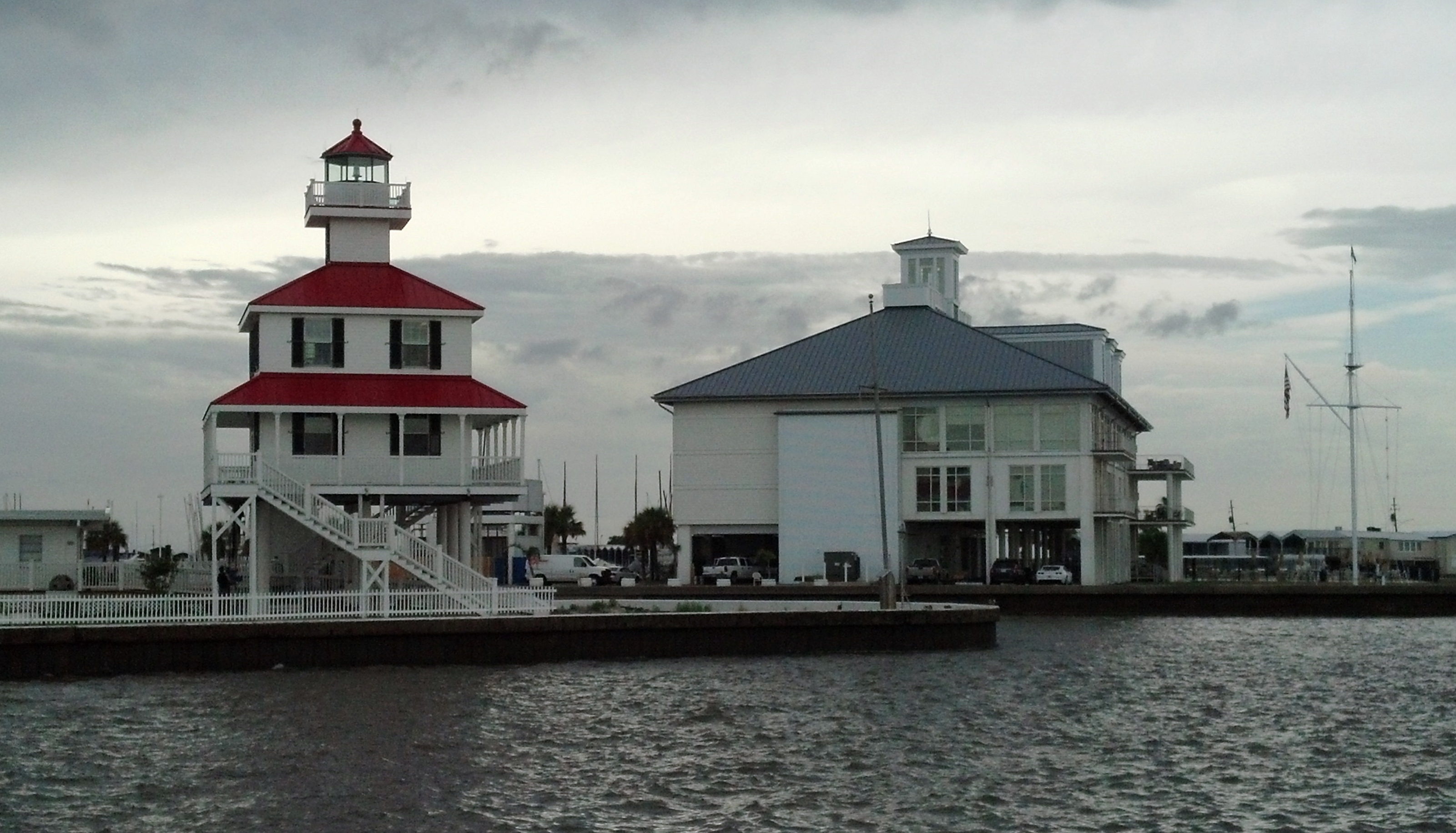|
Carrollton Avenue
Carrollton Avenue is a major thoroughfare stretching across the Uptown/ Carrollton and Mid-City districts of New Orleans. South Carrollton Avenue runs from St. Charles Avenue in the Riverbend in a northeast ''lake-bound'' direction through Carrollton and into Mid-City. After crossing Canal Street it continues as North Carrollton Avenue until intersecting with Esplanade Avenue and Wisner Boulevard at the entrance to City Park. Streetscape Carrollton Avenue is a broad tree-covered avenue, with a large median (or ''neutral ground'' to locals) for most of its length. Riverside of South Claiborne Avenue, Carrollton has one lane of traffic and one lane of parking in each direction. The St. Charles Streetcar Line also runs along this section before turning onto St. Charles Avenue in the Riverbend. The landmark Camellia Grill is located near the streetcar turn. This section of the road is mostly residential with the exception of the commercial area of Riverbend. Between ... [...More Info...] [...Related Items...] OR: [Wikipedia] [Google] [Baidu] |
Uptown New Orleans
Uptown is a section of New Orleans, Louisiana, United States, on the east bank of the Mississippi River, encompassing a number of neighborhoods (including the similarly-named and smaller Uptown area) between the French Quarter and the Jefferson Parish line. It remains an area of mixed residential and small commercial properties, with a wealth of 19th-century architecture. It includes part or all of Uptown New Orleans Historic District, which is listed on the National Register of Historic Places. Boundaries and definitions Historically, uptown was a direction, meaning movement in the direction against the flow of the Mississippi. After the Louisiana Purchase, many settlers from other parts of the United States developed their homes and businesses in the area upriver from the older Creole city. During the 19th century Canal Street was known as the dividing line between uptown and downtown New Orleans, the boundary between the predominantly Francophone area downriver and the p ... [...More Info...] [...Related Items...] OR: [Wikipedia] [Google] [Baidu] |
Bienville Street
Bienville may refer to: People *Jean-Baptiste Le Moyne de Bienville (1680–1767), French colonial administrator in New France * Pierre Joseph Céloron de Blainville or Celeron de Bienville (1693–1759), French colonial explorer of the Ohio Valley Places * Bienville, Louisiana, U.S. **Bienville Parish, Louisiana Bienville Parish (french: link=no, Paroisse de Bienville, ) is a parish located in the northwestern portion of the U.S. state of Louisiana. At the 2020 census, the population was 12,981. The parish seat is Arcadia. The highest natural poi ..., U.S. * Bienville, Oise, France * Bienville National Forest in Mississippi, U.S. * Lake Bienville, in Quebec, Canada Other uses * , an American Civil War paddle steamer * Bienville House, a hotel in New Orleans, Louisiana, U.S. * Bienville University, a diploma mill in Baton Rouge, Louisiana, U.S. See also * {{disambig ... [...More Info...] [...Related Items...] OR: [Wikipedia] [Google] [Baidu] |
City Park Avenue
A city is a human settlement of notable size.Goodall, B. (1987) ''The Penguin Dictionary of Human Geography''. London: Penguin.Kuper, A. and Kuper, J., eds (1996) ''The Social Science Encyclopedia''. 2nd edition. London: Routledge. It can be defined as a permanent and Urban density, densely settled place with administratively defined boundaries whose members work primarily on non-agricultural tasks. Cities generally have extensive systems for housing, transportation, sanitation, Public utilities, utilities, land use, Manufacturing, production of goods, and communication. Their density facilitates interaction between people, government organisations and businesses, sometimes benefiting different parties in the process, such as improving efficiency of goods and service distribution. Historically, city-dwellers have been a small proportion of humanity overall, but following two centuries of unprecedented and rapid urbanization, more than half of the world population now lives in cit ... [...More Info...] [...Related Items...] OR: [Wikipedia] [Google] [Baidu] |
Airline Highway
Airline Highway is a divided highway in the U.S. state of Louisiana, built in stages between 1925 and 1953 to bypass the older Jefferson Highway. It runs , carrying U.S. Highway 61 from New Orleans northwest to Baton Rouge and U.S. Highway 190 from Baton Rouge west over the Mississippi River on the Huey P. Long Bridge. US 190 continues west towards Opelousas on an extension built at roughly the same time. The highway was named "Airline" because it runs relatively straight on a new alignment, rather than alongside the winding Mississippi River. (Compare with the similar term ''air-line railroad''.) The name later became even more fitting, as both Louis Armstrong New Orleans International Airport and Baton Rouge Metropolitan Airport were built along the highway. Airline Highway also runs close to the site of the old Baton Rouge airfield (near the intersection of Airline and Florida Boulevard, now a park and government office complex), which brings it within blocks of the sim ... [...More Info...] [...Related Items...] OR: [Wikipedia] [Google] [Baidu] |
Interstate 10 In Louisiana
Interstate 10 (I-10), a major transcontinental Interstate Highway in the Southern United States, runs across the southern part of Louisiana for from Texas to Mississippi. It passes through Lake Charles, Lafayette, and Baton Rouge, dips south of Lake Pontchartrain to serve the New Orleans metropolitan area, then crosses Lake Pontchartrain and leaves the state. On August 29, 2005, the I-10 Twin Span Bridge was severely damaged by Hurricane Katrina, rendering it unusable. The bridge was repaired, and later replaced with two higher elevation spans in 2009 and 2010. Route description I-10 enters Louisiana at the state's southwestern corner from Orange, Texas, in a concurrency with US Route 90 (US 90), which leaves the freeway at the first exit. The two routes closely parallel each other through much of the state. The first community I-10 approaches in the state is Vinton, Louisiana. Between Sulphur and Lake Charles there is an interchange with I-210. I-10 cr ... [...More Info...] [...Related Items...] OR: [Wikipedia] [Google] [Baidu] |
Hurricane Katrina
Hurricane Katrina was a destructive Category 5 Atlantic hurricane that caused over 1,800 fatalities and $125 billion in damage in late August 2005, especially in the city of New Orleans and the surrounding areas. It was at the time the costliest tropical cyclone on record and is now tied with 2017's Hurricane Harvey. The storm was the twelfth tropical cyclone, the fifth hurricane, and the third major hurricane of the 2005 Atlantic hurricane season, as well as the fourth-most intense Atlantic hurricane on record to make landfall in the contiguous United States. Katrina originated on August 23, 2005, as a tropical depression from the merger of a tropical wave and the remnants of Tropical Depression Ten. Early the following day, the depression intensified into a tropical storm as it headed generally westward toward Florida, strengthening into a hurricane two hours before making landfall at Hallandale Beach on August 25. After briefly weakening to tropical storm strength o ... [...More Info...] [...Related Items...] OR: [Wikipedia] [Google] [Baidu] |
New Orleans Regional Transit Authority
The New Orleans Regional Transit Authority (RTA or NORTA) is a public transportation agency based in New Orleans. The agency was established by the Louisiana State Legislature in 1979, and has operated bus and historic streetcar service throughout the city since 1983. With an annual ridership of over 18.6 million riders, the Regional Transit Authority is the largest public transit agency in the state of Louisiana. Basic rates for all modes, except ferries, are $1.25 per boarding (or $0.40 for 65 & up, disabled & Medicare, $0.50 for 5-17). 24-hour Jazzy Passes are $3, or $1 for youth and $0.80 for seniors, good for all modes including ferries. There are free transfer cards, good for next 120 minutes of unlimited use (round-trips/stopovers prohibited). Under 5 with a limit of three per paid rider can board for free. Transfers to ferries from busses/streetcars require paying difference in rates. Hurricane Katrina City buses were used before Hurricane Katrina hit to transport people ... [...More Info...] [...Related Items...] OR: [Wikipedia] [Google] [Baidu] |
Entergy
Entergy Corporation is a Fortune 500 integrated energy company engaged primarily in electric power production and retail distribution operations in the Deep South of the United States. Entergy is headquartered in New Orleans, Louisiana, and generates and distributes electric power to 3 million customers in Arkansas, Louisiana, Mississippi and Texas. Entergy has annual revenues of $11 billion and employs more than 13,000 people. History Entergy traces its history to November 13, 1913, with the formation of Arkansas Power Company. Founder Harvey C. Couch used sawdust from a lumber company to bring electricity to rural Arkansas. In the 1920s, Couch set his sights on buying electric companies in other states. In 1923, he merged four independent companies in Mississippi into Mississippi Power and Light. Two years later, he formed Louisiana Power and Light to provide power to his Mississippi customers from northern Louisiana's natural gas fields. Meanwhile, in 1922, the Electric Bo ... [...More Info...] [...Related Items...] OR: [Wikipedia] [Google] [Baidu] |
Downtown New Orleans
In New Orleans, Louisiana, United States, downtown has historically referred to neighborhoods along the Mississippi River, downriver (roughly northeast) from Canal Street – including the French Quarter, Tremé, Faubourg Marigny, Bywater, the 9th Ward, and other neighborhoods. Contrary to the common usage of the term downtown in other cities, this historic application of the term excluded the New Orleans Central Business District. The term continues to be employed as it has been historically, although many younger people and migrants from other parts of the country will use "downtown" as it is used elsewhere; that is, to mean the Central Business District/Warehouse District area. History In the 19th century, much of New Orleans' downtown (downriver from Canal Street) was still predominantly Francophone. Downtown hosted the city's French-speaking Creole communities. There was a traditional rivalry with the predominantly Anglophone uptown New Orleans on the other side of Cana ... [...More Info...] [...Related Items...] OR: [Wikipedia] [Google] [Baidu] |
New Basin Canal
The New Basin Canal, also known as the New Canal and the New Orleans Canal, was a shipping canal in New Orleans, Louisiana, operating from 1830s into the 1940s. History The New Basin Canal was constructed by the New Orleans Canal and Banking Company, incorporated in 1831 with capital of 4 million US dollars. The intent was to build a shipping canal from Lake Pontchartrain through the swamp land to the booming uptown or "American" section of the city, to compete with the existing Carondelet Canal in the downtown Creole part of the city. Work commenced the following year. Yellow fever ravaged workers in the swamp in back of town, and the loss of slaves was judged too expensive; so most of the work was done by Irish immigrant laborers. The Irish workers died in great numbers, but the Company had no trouble finding more men to take their place, as shiploads of poor Irishmen arrived in New Orleans. Many were willing to risk their lives in hazardous, back-breaking work for a chance t ... [...More Info...] [...Related Items...] OR: [Wikipedia] [Google] [Baidu] |




.jpg)
